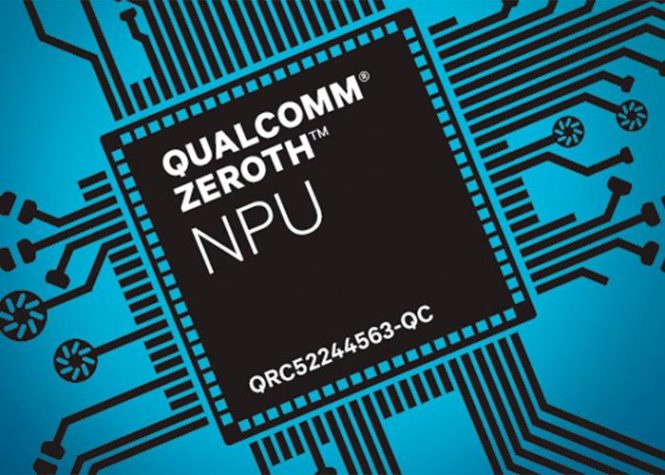What does RAM, ROM, NPU, mAh, PDAF mean? You know that your smartphone has such a large amount of RAM and ROM, a few thousand mAh, PDAF technology in the camera, an NPU for artificial intelligence tasks… What do all these terms mean? For an advanced user, this may be a basic nomenclature, but many people ask us about the meaning of these terms because they don’t know what they refer to.
We provide a small and simple glossary for all those who want to learn more about these terms that we read every day in the technical specifications, and it is always good to know the components that make up our phone.
RAM, ROM, NPU, mAh, PDAF terms that we read daily
Here you will find a list with some of the most used terms in Android smartphone.
- Adware– unwanted advertising software from the user shows ads.
- Android– operating system used on our terminals and purchased by Google in 2005. It is currently at version 9.0.
- Algorithm– ordered series of certain rules established in the programming to solve problems or achieve the defined objectives
- App– application or program developed for a specific operating system that allows the user to perform a series of activities
- Bloatware– applications preinstalled by the manufacturer that, as a rule, cannot be easily uninstalled
- Bootloader– Bootloader is a program designed to take care of everything that is needed to start the operation of our operating system.
- CMOS– economic chip to create, composed of independent cells. He is responsible for digitizing the pixels of the photograph.
- CPU– central processing unit. Hardware element in which most of the calculations of the code of our device are made. The higher the CPU power, the greater the processing capacity.
- Dual Pixel– technology inherited from SLR cameras. It allows a faster approach than the PDAF, thus increasing sharpness and improving final results.
- GPU– graphic processing unit. Hardware element in which most of the calculations related to the graphic operations of our device are made.
- GPS– global positioning system. A system that allows us to determine the position of any object, vehicle, area, person …
- JPEG– a compressed file format that applies certain default values to the photograph. It reduces the weight of the original file and allows its use and display on most platforms.
- Kernel– fundamental software in every device responsible for the correct communication between software and hardware.
- Lag– sudden drop in speed of an application, due to the extreme congestion of the connection or the insufficient power of processing a part of a device.
- mAh– milliampere; an electric charge unit we use to know the total capacity of a battery.
- MOD– change. Software extension that allows you to modify aspects of the terminal such as audio, power consumption, camera …
- NFC– wireless technology that works actively and passively, able to identify us, pass data, automate actions …
- Nanometer– unit of length equivalent to one billionth of a meter (1 nm = 10-9 m) or one-millionth of a millimeter.
- NPU– neuronal processing unit. Hardware element responsible for most activities related to artificial intelligence. Download the CPU and GPU work.
- PDAF– phase focusing. Type of approach with software inherited from professional photography, charged with improving photographic results. The first mobile phone that implemented it was the Samsung Galaxy S5 in 2014.
- RAM– random access memory. Work memory in which most of the CPU instructions are loaded.
- RAW: raw file offered by the camera sensor. Unlike JPEG, it has no compression or added configurations. It allows the complete editing of the file, containing all the information of the sensor.
- Recovery: device recovery mode. It allows performing operations such as the restoration of our device, as well as the loading of operating systems, MOD
- ROM– the ROM refers to the hardware read-only. Contains the device firmware.
- Root: root access. Modification of our system which allows access to practically all the folders of our device, as well as the possibility of modifying them.
- SIM– physical or virtual card responsible for identifying ourselves in the telephone network.

